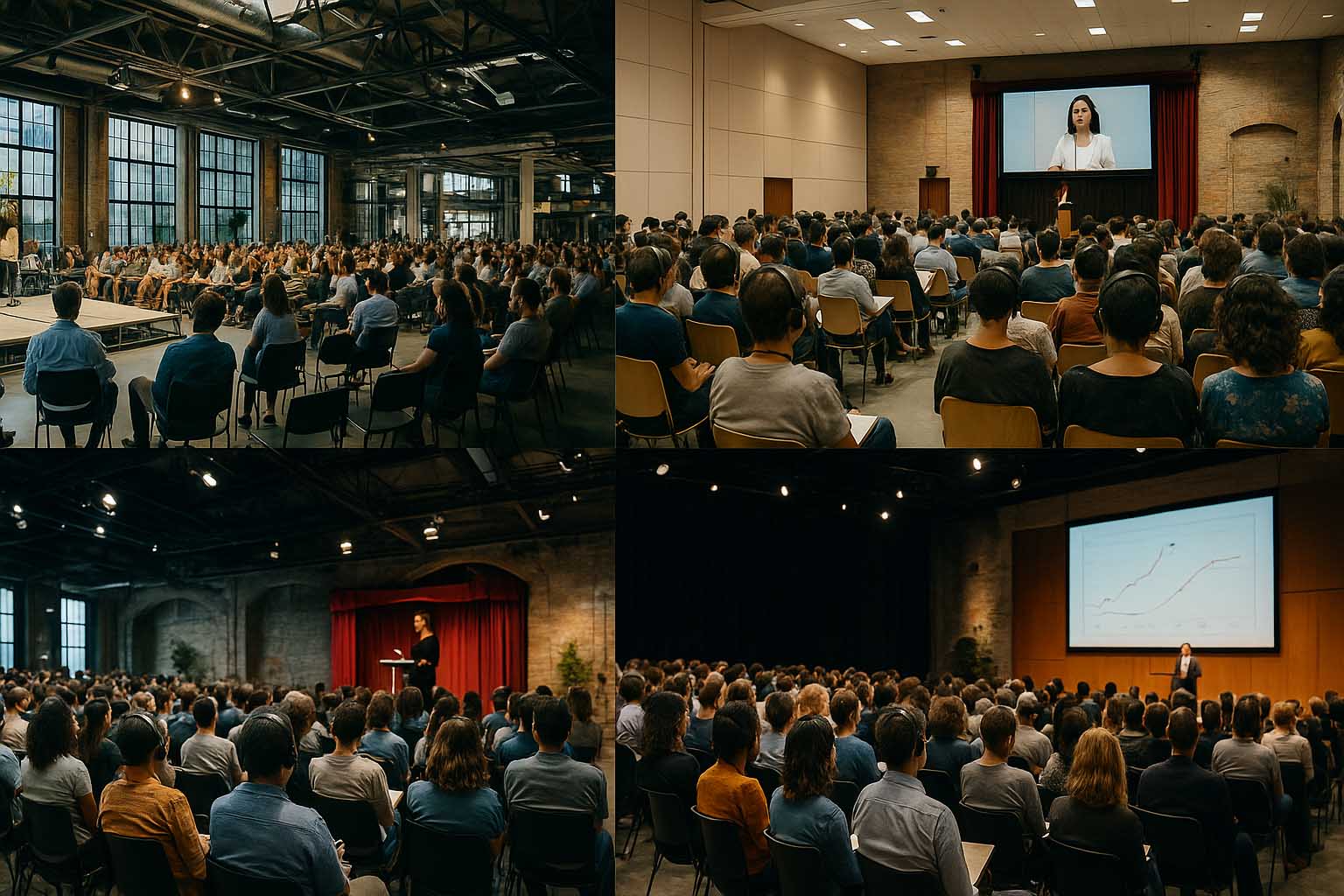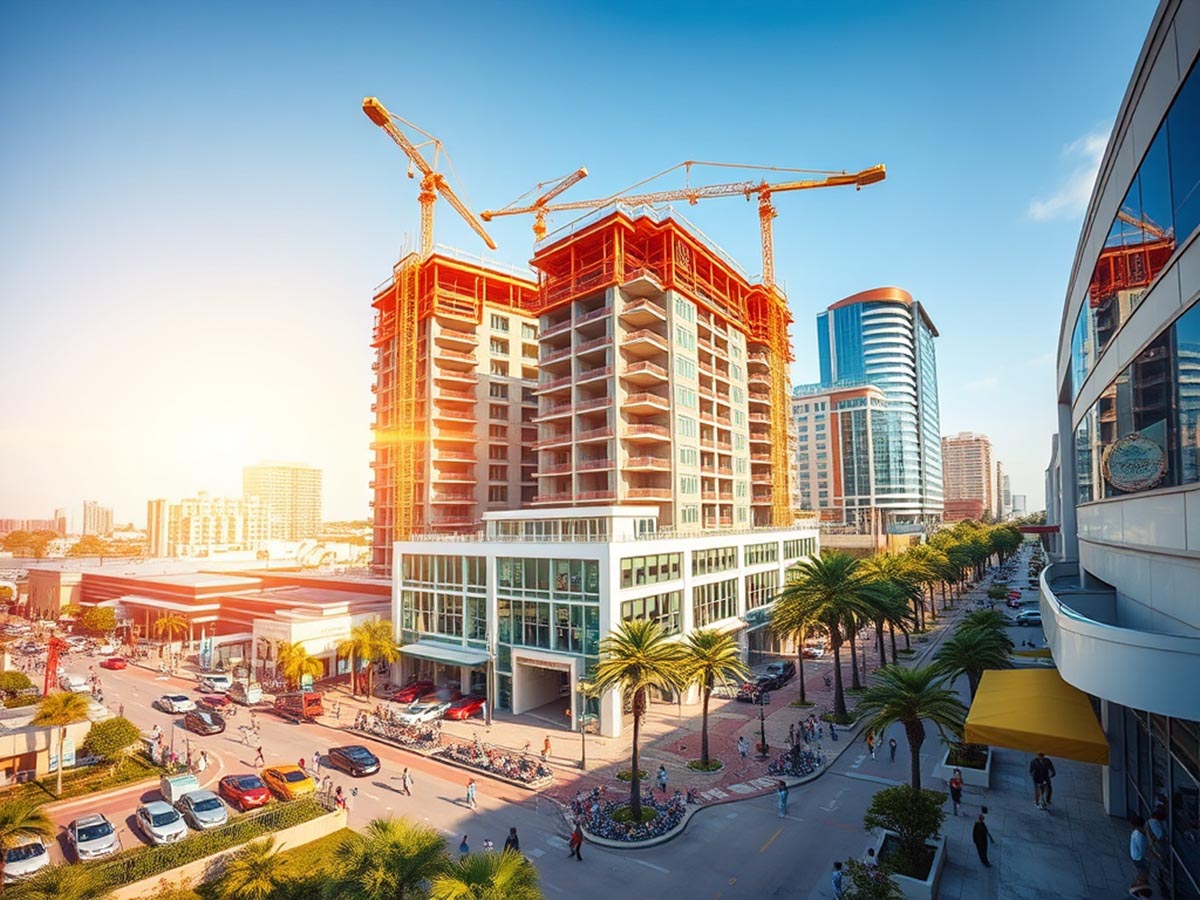Local Industries Shaping the Economies of Small Cities Worldwide
From Europe to Africa, small cities are finding renewed purpose through industries rooted in their own communities. These cities aren’t just gaining new jobs—they’re also changing how people think about the role of small populations in economic growth. Whether you’re an investor, policymaker, or simply someone examining development data, the picture is clear: local industry is becoming a strong force in shaping the future of these cities.
• Specialized sectors like craft brewing and green tech generate 12–23% more jobs than the national average, according to the 2024 OECD report.
• In 2023, the U.S. craft beer sector contributed $77.1 billion and nearly 460,000 jobs to the national economy.
• According to IRENA 2024, more than 35 million people are directly or indirectly connected to renewable energy work, many in small cities with factories for turbines, batteries, and solar panels.
The Strength of a Focused Industry
When a small city nurtures a specific industry, the changes are often quick and visible. Tax revenue goes up. More young people stay rather than leave. Local talent grows. Esbjerg, Denmark, saw its income double after installing a wind turbine factory. Strong partnerships between local businesses and schools helped make this happen. In Eindhoven, Netherlands, continued backing of innovation helped turn the city into a globally recognized design and tech hub.
It’s not always about attracting giant corporations. Sometimes, it’s about allowing small and mid-sized companies to flourish and stay. These businesses build steady foundations for towns that want to thrive on their own terms.
Industries Fueling These Cities
Craft Beverages That Spark Growth
Small beverage makers—especially breweries—often begin with little more than a dream and a rented garage. Over time, they can grow into economic anchors. In the U.S. alone, craft beer brought in over $77 billion in 2023. That’s more than just alcohol sales. Farmers, transport workers, equipment makers, and local stores all benefit from this demand.
It also attracts visitors. People travel for unique tasting experiences. That tourism supports restaurants, shops, and lodging services. What began as a local passion becomes a driver of citywide income.
The Power of Creative Fields
According to the 2024 Creative Economy Outlook by UNCTAD, art, design, and digital content now make up around 3% of global GDP. In Dundee, Scotland, an old linseed oil factory was transformed into a creative center for video game developers. This move didn’t just bring in developers. It brought licensing deals, long-term royalties, and national attention.
What makes creative industries powerful is their flexibility. Designers and digital artists can work from anywhere. When they choose small cities, they bring with them an entirely new layer of economic life.
Renewable Energy and Local Manufacturing
In Hull, United Kingdom, and Nuevo León, Mexico, the production of renewable energy tools like turbines and solar panels is gathering speed. These cities are now filled with engineers, technicians, and research teams working together. According to IRENA 2024, 61% of all new green energy jobs are based in towns with fewer than 500,000 people.
These jobs aren’t just technical. They also include support services, parts suppliers, and construction crews. The entire city feels the impact when a clean energy plant opens nearby.
Remote Work Communities Changing the Map
Remote work is no longer a trend—it’s a way of life. In Madeira (Portugal) and Bansko (Bulgaria), entire neighborhoods are now catering to remote professionals. These places offer affordable coworking spaces, high-speed internet, and daily support services.
A 2025 study showed that local sales in these towns grew by 8–15%, simply because remote workers spent their money nearby. This brings energy into local economies without requiring massive industrial changes.
Examples of Resilient Success
Boulder, Colorado
In the 1980s, Boulder was mostly known for its university. But by the 2000s, local policies helped support small breweries. Fifteen years later, Boulder had nearly 30 breweries, and its tax revenue jumped by 18%. Nearby farms saw increased sales of hops and barley. What started as a niche industry now powers a vital part of the city’s economy.
Oulu, Finland
Despite long winters, Oulu has become a hub for technology startups. Thanks to strong partnerships with universities and low electricity costs, the city created 20,000 tech jobs—roughly one-third of its workforce.
These jobs didn’t just help the software sector. They also boosted real estate, public transport, and home services. The growth was slow but solid, helping the city remain competitive and attractive to both young professionals and investors.
Bahir Dar, Ethiopia
A textile cooperative in Bahir Dar made a strategic shift to organic cotton and natural dyes. As a result, their fabric prices rose by 40%, and they began exporting to markets in Europe.
Unemployment fell by 12% over just three years. Local families had more income, and the city gained a new reputation for sustainable production. This wasn’t just a good business decision—it lifted the whole community.
What Small Cities Gain Right Away
- Job opportunities for young people who might otherwise move to large cities.
- Reliable income for the local government through taxes and permits.
- Growth in service sectors like transport, marketing, and hospitality.
- More local cultural programs that draw in visitors and encourage local pride.
Steps Toward Long-Term Success
Workforce Training That Matches Local Needs
When schools and factories work together, everyone wins. In northeast England, a turbine manufacturer teamed up with colleges to offer training in mechatronics and material science. This prepared students for direct employment after graduation.
The result is a steady flow of workers who are ready from day one. It reduces hiring costs and builds loyalty between industry and community.
Smart Financing Based on Real Data
In Nitra, Slovakia, city leaders created a loan program for agritech startups. The fixed interest rate is only 2%, but in return, businesses must submit annual reports showing job creation.
This ensures that public money supports meaningful results. When lending is tied to accountability, both the lender and the community benefit.
Local Events That Open Big Doors
Smaller cities may not have huge venues, but they can still host effective trade shows. Queretaro, Mexico, holds an annual “Smart Manufacturing Week.” In 2024, this event led to contracts worth over $450 million.
Events like these help small cities connect with global markets. They also highlight local strengths that might be missed by outside investors.
Moving Toward a Better Future
As big cities continue to grow, small ones are finding their own paths. The key isn’t population size. It’s vision. When a community chooses to build on its strengths, amazing things can happen.
By focusing on smart training, targeted investment, and local cooperation, small cities can do more than survive—they can thrive. Each one of these stories proves that meaningful growth doesn’t require millions of residents. It only requires commitment, planning, and belief in what’s possible.
In the years to come, more towns will likely follow this path. And as they do, they’ll remind the world that the future of economic progress is not only written in skyscrapers—but also in the small factories, studios, and coworking spaces of towns many once overlooked.



